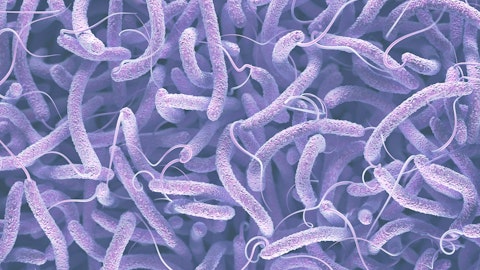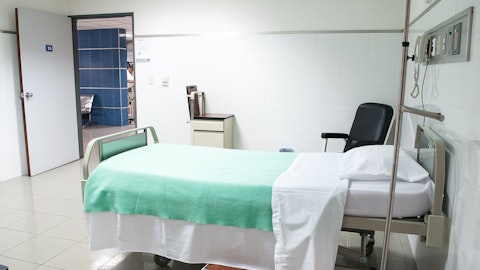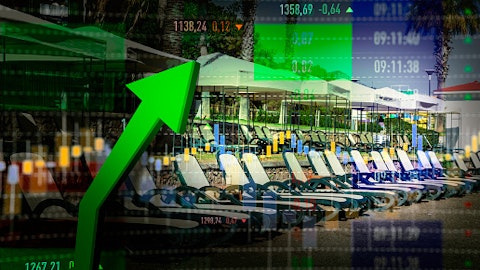We then want to go on and answer the question, could we potentially replace interferon alfa with our antibody 3434, or what would it look like if we would replace — or what would it look like if we added 3434, our antibody to that regimen. So in MARCH Part A, we started answering that initial question. And again, only the short regimens — short treatments, five and 12 weeks in Part A of the March trial, we could see that combining an siRNA and our antibody is really delivering additive effects, achieved 2.7 log decline in S antigen, and there were no safety signals seen to date. So that gave us a lot of confidence to look forward to our Part B results where we actually are exploring the same combination with and without peg interferon, but now for longer treatment durations 24 and 48 weeks.
And perhaps with that intro, I want to ask Phil to provide a little bit more color what is there to expect at AASLD?
Phil Pang: Thank you, Marianne. And thank you, Gena for the question. So maybe I’ll put a couple of statements in context first, which is that predicting off-treatment rates from on-treatment response rates is still very in it, much in its infancy. As you know from our previous presentation at EASL, we were the first to demonstrate that if you had a endogenous anti-HBS response, you were more likely to have an off-treatment response. And that was one of the first times there was any hint of a predictor of off-treatment response from on treatment response. So I can just say generally that of course, in answers to your question, if one is looking for a greater than 30% off-treatment response, then the on treatment response should be at their or higher, and that would be the clinical bar to progress a regimen forward, and that’s true for all the regimens that we’re looking at.
But to be specific at AASLD, I think what’s really important to think about is that with Marianne’s statement, we’ve proven that 2218 can have a role in a functional cure. The next question is, can 3434 have a role in a functional cure? And that’s why in my prepared remarks, I’ve talked about the fact that when you have 2218 plus interferon for 24 weeks, you see only 6% of patients having an end of treatment response. And the first question we need to answer is if we add 3434 or replace peg interferon, will we move beyond that? And therefore, really honing in on the role of 3434 that it can have either in achieving an end of treatment response and then hopefully later on an off-treatment response. So the answer to your question is, is that predicting an off-treatment response from an on-treatment response is still in its infancy.
You would need at least a 30% rate. And what we’re focused on for AASLD is will 3434 get us closer to that answer?
Operator: Our next question will come from the line of Paul Choi with Goldman Sachs.
Paul Choi: I want to maybe follow up on Gena’s question regarding the expansion into autoimmune and immuno-oncology. Marianne, could you maybe sketch for us how you are thinking about the metrics that you’re going to share with the street in terms of how to further allocate capital, and just sort of again, how the street might be able to keep score on your progress and expansion into these two areas? And then second regarding RSV, I was wondering — I realize it’s still relatively early stage, but given the commercial success at Pfizer and Sanofi are seeing with their products, can you maybe again, sketch out how you envision clinical development of 8190 over the next couple years? Thank you.
Marianne De Backer: Maybe we’ll start with the RSV question. Phil, do you want to give a bit more color on where we stand with the program?





